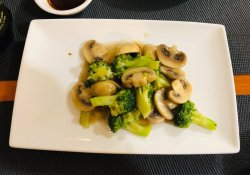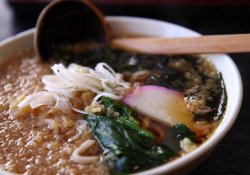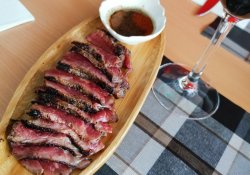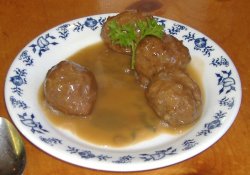Namasu and Daikon radish salad Recipes and curiosities
On this page you will learn the recipe and some information about the Japanese dish Namasu and Daikon radish salad Also known as Kōhaku Namasu.
Table of Content - About - Origin - Information - Ingredients - Preparation - Related
All about Kōhaku Namasu
Namasu is a typical salad of Japanese cuisine, made with carrots and daikon raps. It is a very popular dish in Japan, mainly during the New Year, but can also be found in restaurants and gastronomic events.
To prepare Namasu, the carrot and daikon raspberry are cut into thin strips and marinated in a mixture of rice vinegar, sugar and salt.The result is a refreshing, crisp salad with a slightly sweetened and acidic taste.
In addition to being a healthy and tasty option, Namasu is also very versatile. It can be served as an accompaniment to major dishes such as sushi and tempura, or as an entry to a Japanese dinner. It can also be added to sandwiches and wraps, giving an oriental touch to the dish.
One of the most interesting features of Namasu is its vibrant color. The combination of carrots orange with daikon redhead white results in a visually attractive salad, which will arouse appetite.
Furthermore, Namasu is considered a very healthy dish because it is rich in vitamins and minerals. Carrots are a source of vitamin A, which is important for eye health, and daikon rabbit is rich in vitamin C, which strengthens the immune system.
In short, Namasu is a millennial Japanese dish that combines taste, texture and color in a unique way.In addition to being a healthy and versatile option, it is a great way to experience a bit of Japanese cuisine and appreciate its richness of flavors and ingredients.
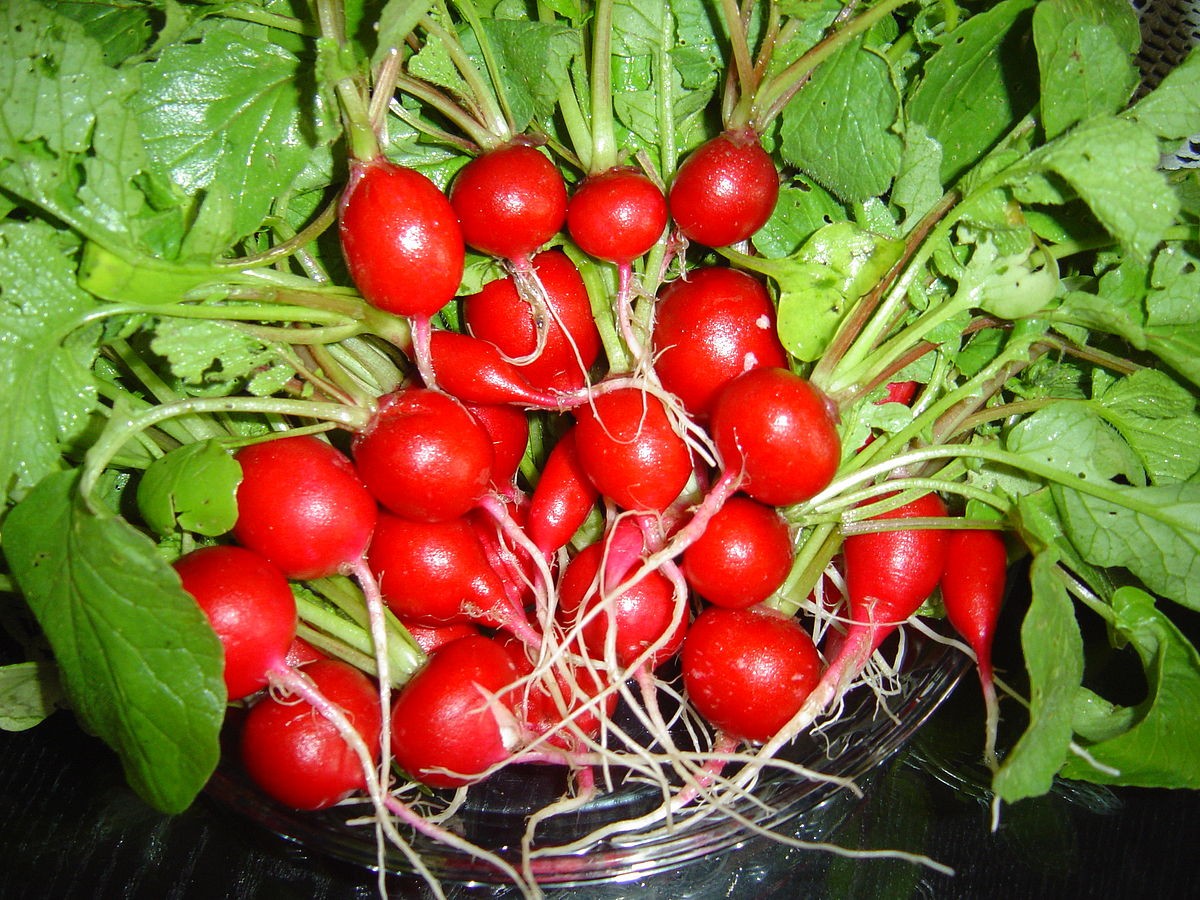
Origin and history of Salada de rabanete Namasu e Daikon
Namasu is a typical dish of Japanese cuisine, consisting of a salad made with carrots and white raisin (daikon), roasted with rice vinegar, sugar and soy sauce. Its origin dates back to the Edo period in the seventeenth century, when it was served as a seasonal dish during the New Year. It is believed that the combination of ingredients and spices of Namasu has been influenced by traditional Chinese medicine, which values the balance between acid and sweet flavors for healthy eating. Today, Namasu is a popular dish throughout Japan, served on various special occasions and also as an accompanying in daily meals.About the recipe
- Name of the plate: Namasu and Daikon radish salad
- Name of the dish in English: Namasu carrot and daikon radish salad
- Name of the plate in Japanese: 紅白なます
- Name of the Romanian dish: Kōhaku Namasu
Information about preparation
- Time to prepare: 5 minutes
- Time of Cooking: 10 minutes
- Difficulty: SIMPLE
- It suits: 1-2 people
- Occasions: Lados
Ingredients – Ingredients
Check out the necessary and optional ingredients Namasu and Daikon radish saladIt makes sense to improvise
- Salada:
- 1/2 of carrot
- 1/3 roasted
- 30g of dried peanut (optional)
- The incredible sauce:
- 4 tablespoons of rice vinegar
- 2 tablespoons of sugar
- 2/3 cups of salt
Watch a video of the recipe:
Recipes - How to Prepare
Now that you know the ingredients to make the recipe Namasu and Daikon radish salad. Follow the instructions below in the preparation mode or step by step.
Recipe: Namasu and Daikon
Step 1: Prepare the Amazu sauce:
In a bowl, mix 4 tablespoons of rice vinegar, 2 tablespoons of sugar and 1 teaspoon of salt.
Step 2: Prepare the Daikon and the carrots:
Wash 1/3 of the Daikon scrape and 1/2 carrots. Use a spiralizer or vegetable cutting machine to cut the Daikon and carrots into thin strips or julienne. Spray a little salt into the sliced vegetables and let it rest for 10 to 15 minutes to soften.
Step 3: Mix the vegetables with the sauce and the lime:
Press the excess water from the vegetables and mix them with Amazu sauce in a bowl. If desired, add 30g of dried flour in thin slices for a touch of meat in the salad.
Step 4: Refrigerate before serving:
Leave the salad in the refrigerator to cool down. Serve along with other osechi dishes during the New Year.
